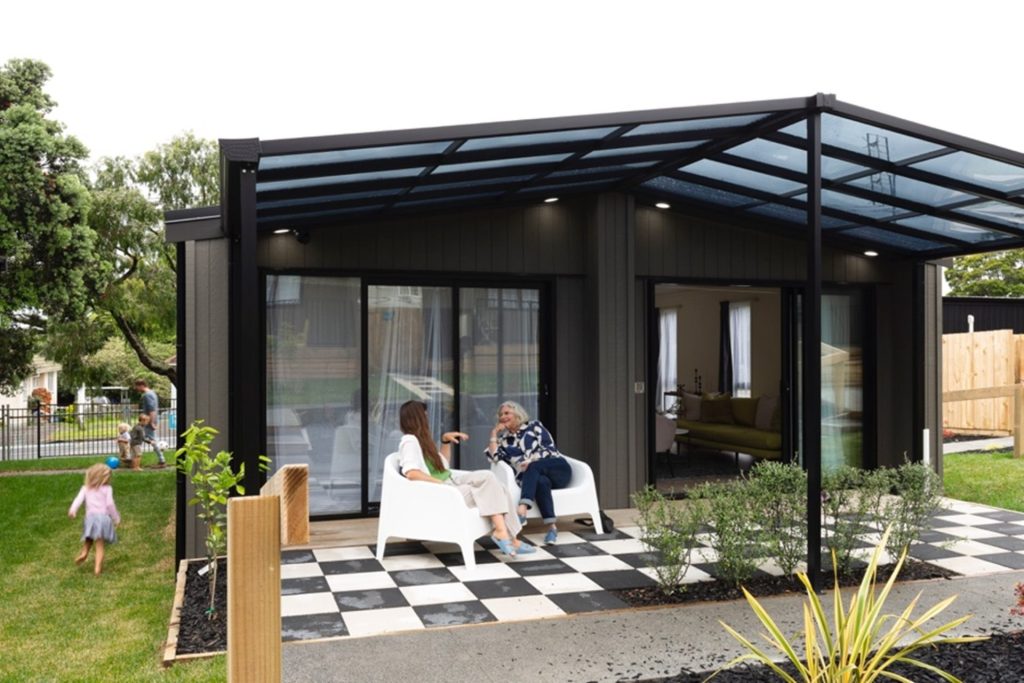In the dynamic world of modern housing, prefab homes have emerged as a sustainable, efficient, and cost-effective solution. At Ecopod, we pride ourselves on crafting high-quality, versatile prefab homes that meet the diverse needs of our New Zealand clients. But what exactly are prefab homes, and how do they work? Let’s delve into the fascinating world of prefabricated housing.

Understanding Prefab Homes
Prefab homes are residences constructed off-site in a controlled factory environment. These homes are then transported to the final location and assembled. The term “prefab” encompasses several different types of construction methods, including kitset, modular, and volumetric.
- Kitset Homes:
These homes arrive at the building site in flat-packed components. A builder then assembles these parts on-site, much like a giant puzzle. This method has the benefit of cheaper delivery cost and easier access to complex sites, but onsite labour will cost more.
Modules, or sections of a home, are constructed within a factory. These modules are then transported to the site and joined together. This method allows for a high degree of quality control and significantly reduces construction time.
- Volumetric Homes:
Also known as complete modules, these homes are constructed entirely off-site and delivered as a single unit. This method is the quickest and least disruptive but may be limited by access for transportation.
At Ecopod, we focus on traditional stick-frame builds due to their versatility and sustainability. Stick-frame construction involves assembling the home’s skeleton off-site (in our factory) using timber, allowing for flexible design variations and the use of common carpentry tools.
How Prefab Homes Work
The process of building a prefab home involves several well-coordinated stages, ensuring efficiency and quality, as well as the ability to provide custom solutions.
- Step One: Design Consultation and Planning
The journey begins with a comprehensive design consultation. At Ecopod, we work closely with our clients to understand their needs, preferences, and budget. This stage includes estimating project pricing and discussing any specific requirements such as geotechnical investigations or stormwater designs. Early planning and detailed specifications help in creating a tailored design that achieves the client’s vision.
- Step Two: Off-Site Manufacturing
Once the design is finalised, the construction process moves to our factory. Here, we manufacture the components of the home in a controlled environment, ensuring precision and high quality standards. This off-site construction significantly reduces the time required on-site and minimises waste, aligning with our commitment to sustainability and cost efficiency.
- Step Three: Transportation and Assembly
The manufactured components are then transported to the building site. Our experienced team installs the building on-site, ensuring everything fits together perfectly. The on-site assembly is efficient and typically significantly reduces the onsite build time compared to traditional build methods.
Eco-friendly Prefab Homes at Ecopod
In conclusion, prefab homes represent a smart, sustainable choice for modern living. At Ecopod, we believe in delivering high-quality, customisable prefab homes that suit the diverse needs of our clients in New Zealand. If you’re considering a new home, explore the innovative world of prefab construction with us and discover the benefits of efficient, eco-friendly living.
